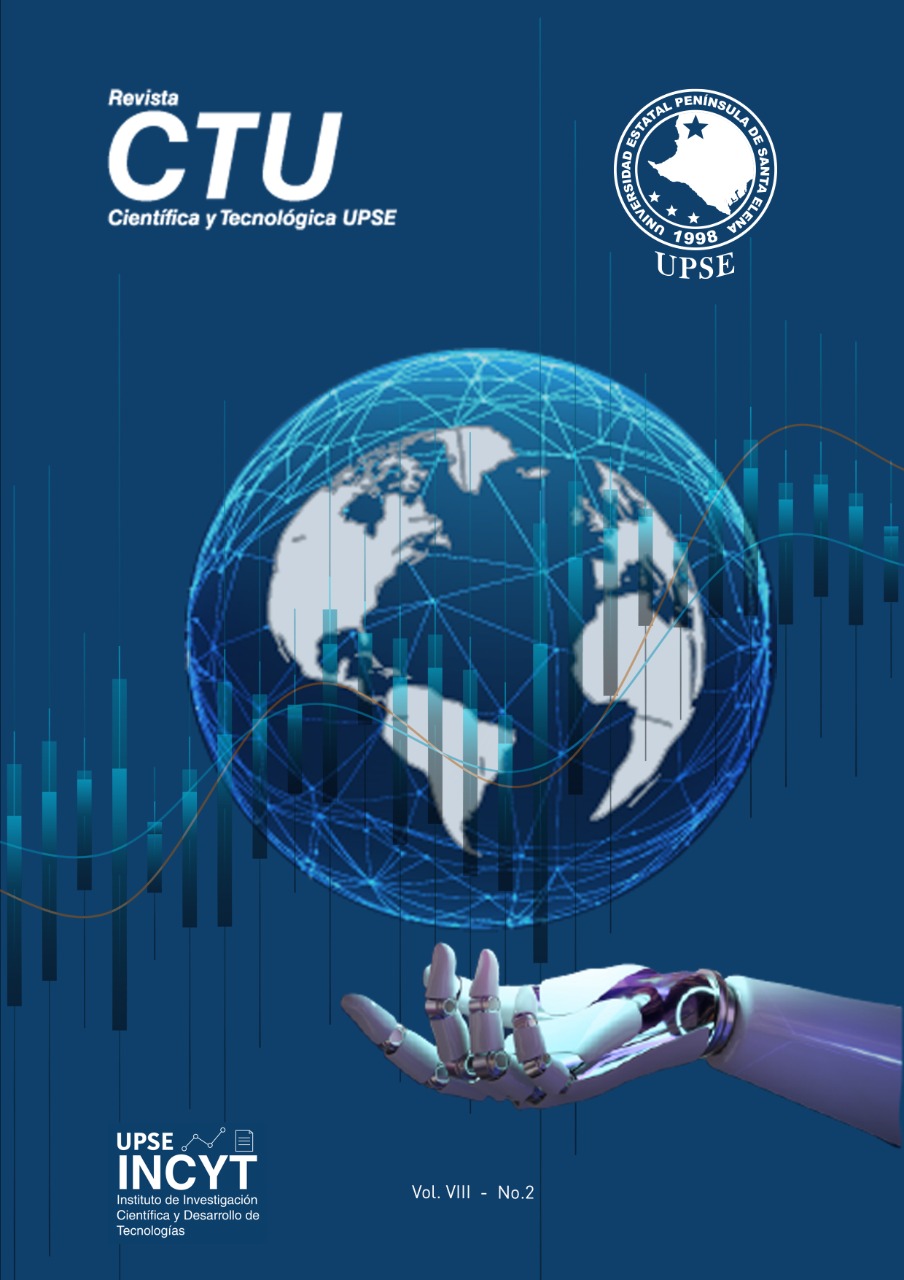Technological model and informatics infrastructure of a virtual campus for the university context
DOI:
https://doi.org/10.26423/rctu.v8i2.627Keywords:
technological model, IT infrastructure, virtual campus, higher education institutionsAbstract
Information and Communication Technologies impact different areas of society, including educational and cultural areas, where it is necessary to support problem solving through transformation schemes. For this, the present work is proposed that conceives the architecture and components of a technological model for the productivity of a virtual campus and the development of online studies in the context of higher education in Ecuador. To do this, the current regulatory framework of our country is taken as a reference, and the main recommendations that the technical document that is presented to the Council of Higher Education (CES) must comply with by public and private higher education institutions are elaborated. , that present career offers in online modalities or that require a virtual campus to improve their productivity. The methodology is based on the review of the regulatory framework, the structuring of the necessary information requirements, and the presentation of formats that are feasible to execute. The proposal has been prepared with the intention that it serve as a reference and utility precisely for those institutions, since at present there is no practical guide that enables its development, but rather a set of theoretical norms that indicate the steps to follow, but they do not provide a structured model for guidance.
Downloads
Downloads
Published
Issue
Section
License
El titular de los derechos de autor de la obra, otorga derechos de uso a los lectores mediante la licencia Creative Commons Atribución-NoComercial-CompartirIgual 4.0 Internacional. Esto permite el acceso gratuito inmediato a la obra y permite a cualquier usuario leer, descargar, copiar, distribuir, imprimir, buscar o vincular a los textos completos de los artículos, rastrearlos para su indexación, pasarlos como datos al software o usarlos para cualquier otro propósito legal.
Cuando la obra es aprobada y aceptada para su publicación, los autores conservan los derechos de autor sin restricciones, cediendo únicamente los derechos de reproducción, distribución para su explotación en formato de papel, así como en cualquier otro soporte magnético, óptico y digital.












